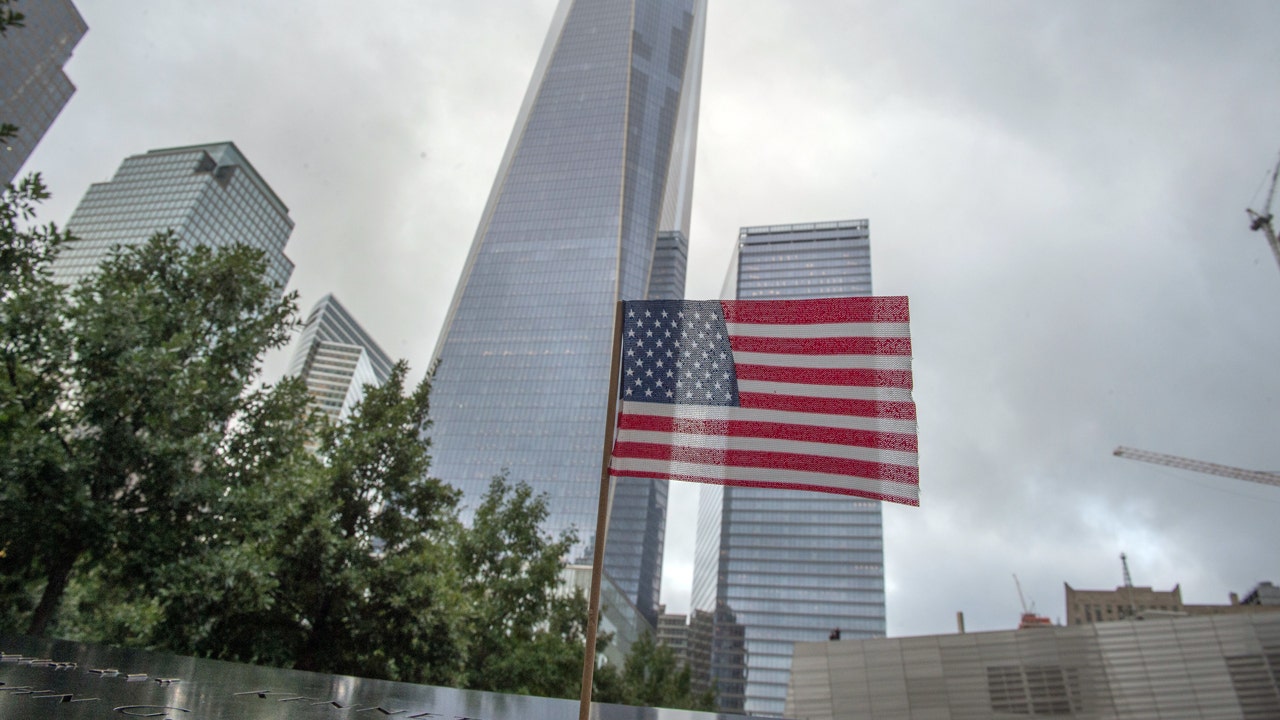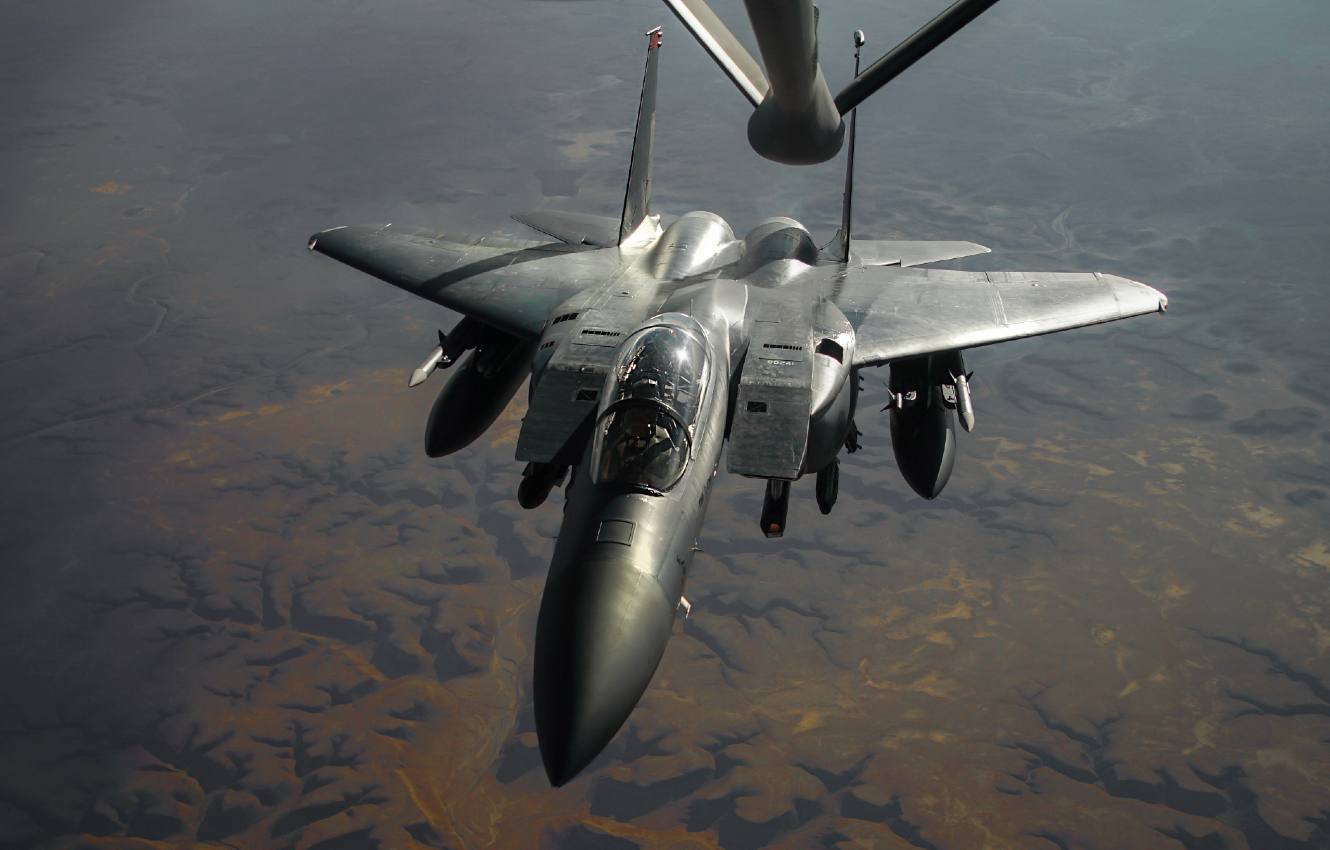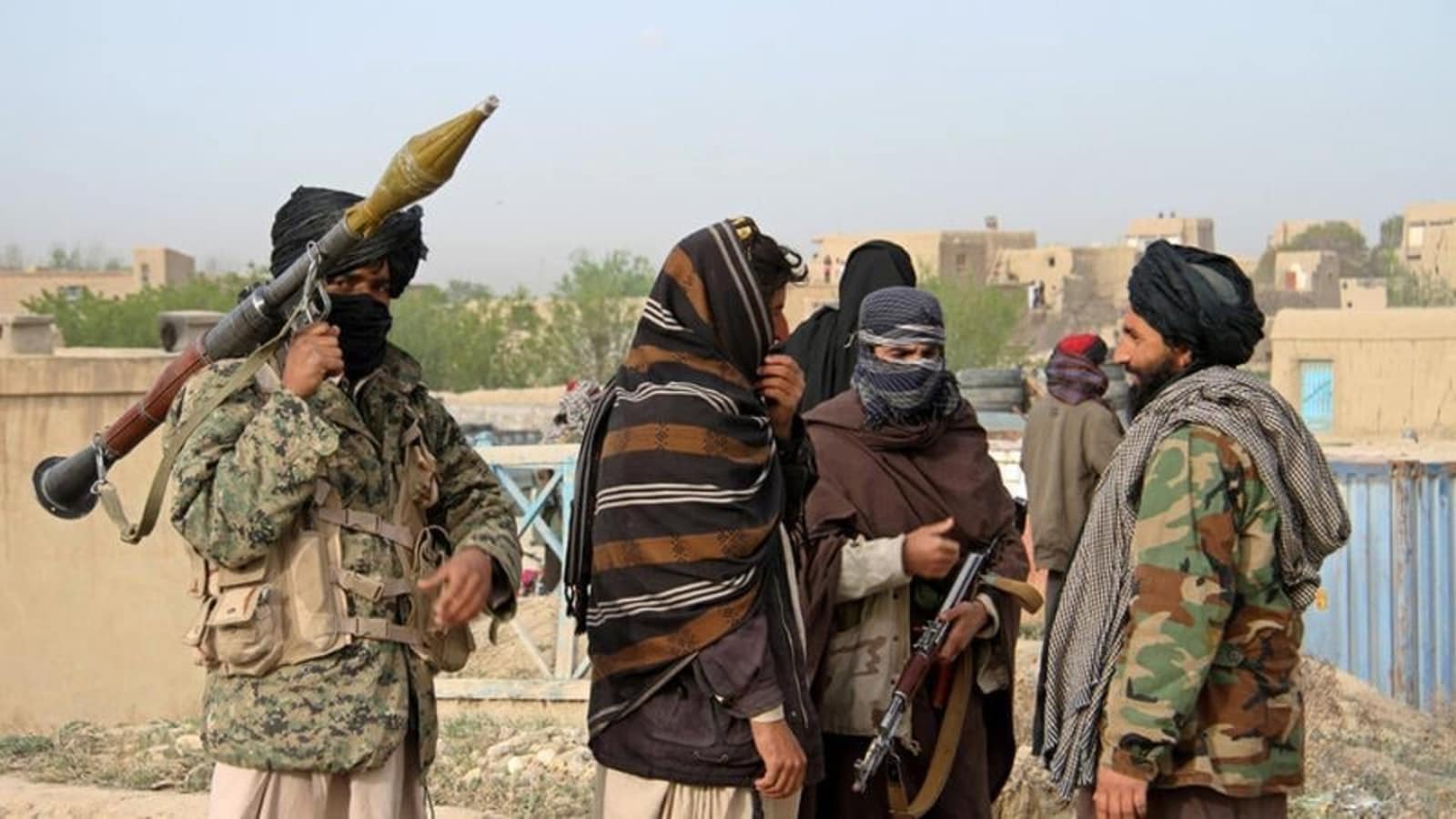Posted for fair use.....
The Pakistani Taliban, known as Tehreek-e-Taliban Pakistan (TTP), announced on August 7 that it had merged with a former al-Qaeda-affiliated, anti-state Pakistani jihadist group once led by Ustad Aslam (Umar Media, August 7). It becomes the ninth jihadist group to join the TTP since July 2020...

jamestown.org
Tehreek-e-Taliban Pakistan’s Latest Merger Enables Renewed Attacks in Pakistan
Publication: Terrorism Monitor Volume: 19 Issue: 16
By: Abdul Sayed
August 13, 2021 06:22 PM Age: 2 days
The Pakistani Taliban, known as Tehreek-e-Taliban Pakistan (TTP), announced on August 7 that it had merged with a former al-Qaeda-affiliated, anti-state Pakistani jihadist group once led by Ustad Aslam (
Umar Media, August 7). It becomes the ninth jihadist group to join the TTP since July 2020. Among the other groups are three TTP splinters, two al-Qaeda affiliates, a faction of Lashkar-e-Jhangvi (LeJ), and two jihadist groups from South Waziristan (
Terrorism Monitor, January 5). The al-Qaeda affiliates led by the late Amjad Farooqi and Ustad Ahmad Farooq both played significant roles for al-Qaeda in Pakistan after 9/11.
The Ustad Aslam group developed from the Amjad Farooqi-led group. Aslam was a close aide of Farooqi before Farooqi was killed in a Pakistani security forces raid in September 2004 in the Nawab Shah district of Pakistan’s Sindh province (
Dawn, September 27, 2004). The Farooqi group was the first al-Qaeda Pakistani affiliate to play major roles in the al-Qaeda-led anti-state jihadist war in Pakistan. Farooqi, with Ustad Aslam and other accomplices, masterminded the abduction of the
Wall Street Journal journalist and U.S. citizen Daniel Pearl in February 2002. They were responsible for multiple suicide attacks, including against the Pakistani Army Chief and President General Pervez Musharraf in December 2003. [1] The Farooqi group later became better more known as the “Ustad Aslam group” in the Pakistani media and the jihadist community in Waziristan as Ustad Aslam was seen as superseding Farooqi. [2]
This article provides insights into the Ustad Aslam group’s critical roles in the post-9/11 al-Qaeda anti-Pakistani state jihadist war to explain this merger’s significance for the TTP and its implications on the jihadist war against Pakistan in the near future.
From Lashkar-e-Jhangvi to al-Qaeda
Ustad Aslam, a.k.a. Qari Yasin, came from to the Lodhran district of Pakistan’s Punjab province. [3] His militancy began when he joined the Sunni sectarian clandestine terrorist group LeJ in the late 1990s and became its most wanted member. He subsequently moved to Afghanistan and became an instructor there in LeJ training camps. In Afghanistan, Aslam participated in advanced urban warfare courses with al-Qaeda and other Arab jihadist experts. He became specialized in explosives, electronics, and bombmaking. With several other LeJ cadres, he received training from the al-Qaeda explosives expert, Midhat Mursi, a.k.a. Abu Khubab al-Misri. [4] Amjad Farooqi was also in Afghanistan with Aslam and the LeJ members at this time. Aslam joined Farooqi’s group to establish the first al-Qaeda-linked anti-state jihadist group in Pakistan after 9/11 (
Dawn, September 27, 2004). The group was consequently named after Amjad Farooqi.
The Pakistani state support for the United States in the global war on terror (GWoT) against the Taliban, al-Qaeda, and jihadist allies angered the previously state-loyal Pakistan jihadists who now turned against Islamabad. [5] However, for LeJ, reasons for going to war against the Pakistani state had even deeper roots. Since the mid-1990s, LeJ was involved in brutal sectarian attacks in Pakistan’s urban centers, particularly in its largest Punjab province and the country’s largest city, Karachi. The group killed hundreds of people from Shia sects, including government officials, high-ranking security officers, and Iranian diplomats and cadets. They further planted bombs in an attempt to the assassinate Pakistani Prime Minister Nawaz Sharif in 1999 in Lahore, which he narrowly escaped. LeJ also killed U.S. citizens in Karachi in 1997 (
DNI, September 2013). [6] Thus, LeJ was the primary focus of the Pakistani counterterrorism operations in the country before 9/11, which resulted in the arrests and killings of its dozens of its members. The rest of the LeJ militants enjoyed shelter in Taliban-controlled Afghanistan with al-Qaeda and Kashmiri jihadist groups. [7]
When the jihadists were fleeing from Afghanistan to Pakistan after the post-9/11 U.S. invasion of Afghanistan, LeJ had no other option except to also relocate to Pakistan. [8] This led to the killing of several cadres, including its founder and commander-in-chief, Riaz Basra (
Dawn, May 15 2002). As a result, LeJ was destroyed, and its remaining members were left without leadership. To avenge its slain leader and other arrested or slain members as well as the Pakistani state’s role in the GWoT, Aslam and several other scattered LeJ cadres came under the command of Farooqi in close league with al-Qaeda to wage a ‘revenge war’ against the Pakistani state and its security agencies. [9]
Training the First Generation of Anti-State Pakistani Jihadists in Waziristan
Aslam and his comrades moved to the South Waziristan district of Pakistan’s Khyber Pakhtunkhwa province—which was at the time one of the seven Pakistani tribal agencies part of the Federally Administer Tribal Areas (FATA)—in 2004. South Waziristan was emerging as the new safe haven for al-Qaeda and its local and foreign allies. [10] Umar Faiz Aqdas, who was Aslam’s LeJ comrade and a close friend from his same caste in another district in Punjab, also succeeded Farooqi, and Aslam became the late Ajmad Farooqi group’s second-in-command. [11] Abu Khubab al-Misri was also residing with them in the Mehsud area of South Waziristan, and they started training the new generation of anti-state Pakistanis for al-Qaeda, some of whom rose to senior leadership positions and became the founding figures of al-Qaeda’s South Asian franchise, al-Qaeda in the Indian Subcontinent (AQIS). [12]
Aslam enjoyed high respect in the jihadist community in South Waziristan, particularly by the Mehsud tribes, for his and his group’s high-level of knowledge on modern terrorist tactics. Al-Qaeda and the TTP’s Mehsud leadership, therefore, consulted Aslam and his organization in planning major attacks in Pakistan. [13] Aslam became popular in the Ajmad Farooqi group in South Waziristan, which became evident by that group increasingly becoming known as the “Ustad Aslam group.” [14]
The Ustad Aslam group proceeded to strike major Pakistani cities, including the capital, Islamabad, with further high-profile attacks. Aslam planned the largest terrorist attacks in the history of Pakistan, which were the September 2008 Marriott Hotel bombing in Islamabad and the October 2009 attack in its twin city, Rawalpindi, on the General Headquarters of the Pakistan Army (
The Express Tribune, March 20, 2017). Although the former is known as Pakistan’s 9/11, the latter was the worse attack in the history of the Pakistan Army. The group also claimed the attack on the Sri Lankan cricket team and the bombing of the office of the Pakistani intelligence agency, Inter-Services Intelligence (ISI), in Lahore in 2009. [15] Besides these attacks, Aslam and his group also helped TTP and al-Qaeda plan several other major attacks in the country. [16] These attacks turned Pakistan into one of the world’s most insecure countries due to the al-Qaeda-linked jihadist threat.
Ustad Aslam as Emir
After the Pakistan Army General Headquarters attack, Ustad Aslam and his group became a top priority of the Pakistani counterterrorism operations. As a result, Pakistani law enforcement agencies killed and arrested several of the group’s members and damaged its urban network. In addition, U.S. drone strikes targeted the group’s hideouts and training centers in South Waziristan. While Ustad Aslam survived multiple drone strikes, Umar Faiz Aqdas was killed in such an attack in the latter half of 2010. [17]
Ustad Aslam succeeded Aqdas as leader of the group that had in any event been known as the “Ustad Aslam group,” but some of his comrades were unhappy with this development. Aslam’s harsh criticism of TTP Emir Hakeemullah Mehsud’s policies resulted in tensions between the two groups. [18] Aslam was close to the Mufti Wali ur-Rehman Mehsud group, which hosted the Amjad Farooqi group in the South Waziristan Mehsud areas. [19] Both Mehsuds were lieutenants of TTP founding emir, Baitullah Mehsud. Differences between the Mehsuds began over the successorship of Baitullah Mehsud after his death in a U.S. drone strike in August 2009. [20] It was the beginning of intra-TTP conflicts, which later turned into brutal TTP infighting and led to its splintering in 2014. [21]
Some members of Aslam’s group suggested that he not involve the organization in the rivalry between the two Mehsuds, but when he ignored their advice some of the group members parted ways with him and joined the Ustad Ahmad Farooq group (not to be confused with the former “Ajmad Farooqi group”). [22] [23] By then, however, Ustad Aslam had become a prominent name in the anti-state Pakistani jihadist landscape. As a result, other al-Qaeda and TTP affiliates members rushed to join him. For example, most of the fighters who followed al-Qaeda senior Pakistani leader Ilyas Kashmiri joined the Ustad Aslam group after a U.S. drone strike killed Kashmiri in June 2011. [24] [25]
Due to intense targeting by U.S. drones and Pakistani counterterrorism operations, the Ustad Aslam group has remained out of the media for much of the past decade and could not claim any major terrorist attacks. However, the group helped the TTP and al-Qaeda plan attacks and provided training to its members. [26] This is how the Ustad Aslam group allied with TTP, but did not join TTP until Ustad Aslam himself was finally killed in a U.S. drone strike on March 17, 2017. Aslam was killed alongside a TTP commander in charge of its suicide battalion, who hosted Ustad Aslam in Bermal district of Afghanistan’s Paktika province, which borders South Waziristan (
The News, March 21, 2017). [27] Paktika had become al-Qaeda’s and TTP’s home after a Pakistani military operation rooted them out of Waziristan in 2015.
Implications for Pakistan’s Future
Although Ustad Aslam is highly respected and adored by the TTP, he had never merged his group into TTP. Thus, the current move of the Ustad Aslam group to join the TTP shows that the organization might have achieved a level of strength and trust that had not existed when it was at the peak of its operations, before it splintered in 2014. A senior Pakistani journalist and expert on the TTP, Ihsan Tipu Mehsud, argues that the Ustad Aslam group’s merger with the TTP is at least symbolically significant, if not also operationally. [29] These groups have suffered immensely in the wake of military operations across Pakistan and are scattered, isolated, and lack an operational command and control mechanism. They are in desperate need to find refuge with like-minded organizations. And in such a desperate time, the TTP once again came forward to embrace the Ustad Aslam group.
As a result, Ustad Aslam group’s merger with the TTP brings the most skilled and experienced experts of urban terrorism under control of TTP leadership. The group has trainers who know sophisticated terrorist techniques and helped al-Qaeda deal its heaviest blows to the Pakistani state and its military. The intense Pakistani counterterrorism campaigns and the U.S. drone strikes have damaged its organizational cohesion and scattered its operational network inside Pakistan. However, the recently strengthened TTP now has the resources and urban network to strike Pakistan with deadly attacks like in the past.
Notes
[1] See for details, Pervez Musharraf,
In the Line of Fire (Simon & Schuster, UK, 2006)
[2] See for details, Mufti Noor Wali Mehsud,
Inqilab-i-Mehsud, (Mehsuds Revolution) [In Urdu], (Al-Shahab Publishers: Paktika, 2017).
[3]
Pakistan Most Wanted Terrorist Book, issued by the Pakistan Federal Investigating Agency (FIA), 2016, p.215.
[4] Author interviews with former Pakistani and Afghan jihadists in Afghanistan, June 2021.
[5] See for details, Syed Saleem Shahzad, Inside al-Qaeda and the Taliban, (Pluto Press, London, 2011)
[6] Muhammad Amir Rana,
A to Z of Jehadi Organizations in Pakistan, (Mashal Books, Lahore, 2011), pp.203-213.
[7] Ibid
[8] Shahzad, 2011, p.9.
[9] Ibid
[10] Ibid
[11] Moeenuddin Shami, With Ustad Farooq, Nawai Afghan Jihad, Issue.4, Vol.11, pp.58-61.
[12] One important example is Engr Malik Muhammad Adil, aka Suhail, who later became the AQIS explosive in charge; for details see, Moeenuddin Shami, With Ustad Farooq, Nawai Afghan Jihad, Issue.12, Vol.10, pp.40-43.
[13] Author interview with an internationally known Pakistani journalist, Ihsan Tipu Mehsud, who hails from the South Waziristan Mehsud area and covering TTP and Pakistani militancy over the years, remotely conducted, August 10, 2021.
[14] See for details, Mufti Noor Wali Mehsud,
Inqilab-i-Mehsud, (Mehsuds Revolution) [In Urdu], (Al-Shahab Publishers: Paktika, 2017).
[15] Mehsud, 2017, p.402.
[16] Author interview with Ihsan Tipu Mehsud, August 10, 2021.
[17] Mehsud, 2017, p.448, and Shami, Nawai Afghan Jihad, Issue.4, Vol.11, pp.58-61.
[18] Author interview, June 2021.
[19] Author interview with Ihsan Tipu Mehsud, August 10, 2021.
[20] For details see, Abdul Sayed and Tore Hamming,
Revival of the Pakistani Taliban, April/May 2021, Volume 14, Issue 4.
[21] Ibid.
[22] Author interview, June 2021.
[23] Shami, Nawai Afghan Jihad, Issue.4, Vol.11, pp.58-61.
[24] Author interview with Ihsan Tipu Mehsud, August 10, 2021.
[25] Seth Nye, Al-Qa`ida´s Key Operative: A Profile of Mohammed Ilyas Kashmiri, CTC Sentinel, September 2010, Volume 3, Issue 9.
[26] Author interview with Ihsan Tipu Mehsud, August 10, 2021.
[27] Mehsud, 2017, p.462.
[28] Author interview with Ihsan Tipu Mehsud, August 10, 2021.
 TM-August-13-2021-Issue.pdf
TM-August-13-2021-Issue.pdf www.timebomb2000.com
www.timebomb2000.com
 www.timebomb2000.com
www.timebomb2000.com

 townhall.com
townhall.com










 TM-August-13-2021-Issue.pdf
TM-August-13-2021-Issue.pdf
